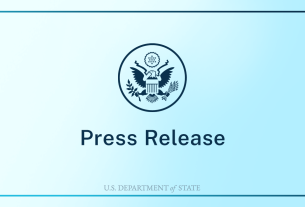In the first 100 days of President Donald Trump’s second term, his administration’s policies have led to significant economic challenges for American workers. Despite claims of prioritizing workers, the reality has been marked by job cuts, reduced federal support, and escalating trade tensions.
Federal Workforce Reductions
The Department of Education announced plans to lay off 1,300 employees, nearly half of its workforce, as part of a broader strategy to downsize federal agencies. Education Secretary Linda McMahon described the layoffs as a “significant step toward restoring greatness,” but the move has faced criticism from lawmakers and civil servants .
Similarly, the National Park Service has experienced a 13% workforce reduction, impacting operations and visitor services. Bill Wade of the Association of National Park Rangers expressed concern over the delays in seasonal hiring and potential adverse effects on park experiences .
Economic Impact of Trade Policies
President Trump’s implementation of tariffs on 75 countries has led to a 0.3% contraction in the U.S. economy during the first quarter of 2025, the first decline in three years. Economists attribute this downturn primarily to the trade policies, which have reduced shipping and business activity, eroded consumer and business confidence, and heightened inflation concerns .
The trade war has also resulted in layoffs across various industries. For instance, Mid-Continent Nail, the largest U.S. nail manufacturer, laid off 130 workers due to increased steel prices from tariffs. Other companies, such as Element Electronics and Brinly-Hardy, have also announced job cuts, citing the financial strain caused by the trade policies .
Public Perception and Political Fallout
Public opinion reflects growing dissatisfaction with the administration’s economic policies. Polls indicate that nearly 60% of Americans believe Trump’s policies have worsened economic conditions, with a significant majority expecting tariffs to negatively impact the economy .
Despite these challenges, some advisers suggest that the administration has time to recalibrate its economic strategies. However, the current trajectory raises concerns about the long-term well-being of American workers and the broader economy.
Conclusion
The Trump administration’s first 100 days have been marked by policies that are not well thought out, and while aimed at economic revitalization, have led to job losses, reduced federal support, and economic contraction. As the administration moves forward, it faces the challenge of aligning its policies with the needs and well-being of American workers.


